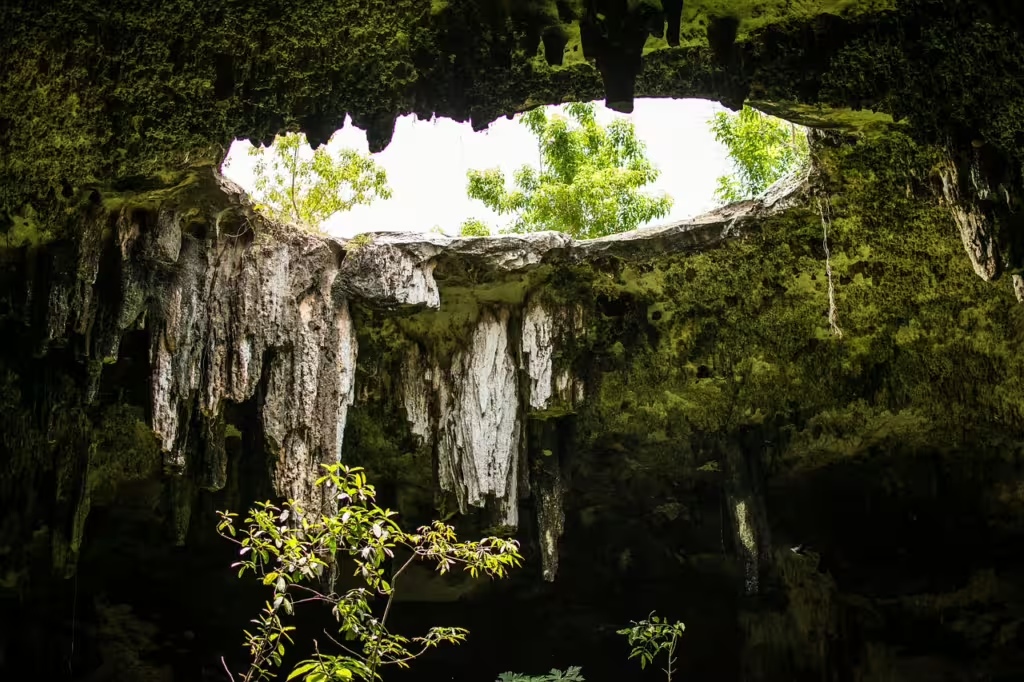On our World Tour, True Investigator has ventured to many places where the sun shines brightly, but we have yet to journey to beneath the surface of the Earth. Though there are many underground ecosystems worthy of exploration, one of the most diverse and breathtaking is located deep beneath the sun-soaked landscapes of Mexico. This unseen world is made up of a vast system of caves that have been shifting and evolving over the course of millennia. Water, minerals, and geological forces have all had a profound effect and the results are something that could take one’s breath away.
Mexico’s caves are an underground treasure trove of geological wonder and biological mystery. Their limestone walls, crystal cavers, and dark passageways are striking all on their own, but the fact that all of these inhospitable places are home to living creatures, is almost unbelievable. If you stop and think about it for a moment, it’s easy to see why the existence of life in the caves is so astounding. After all, there is no sunlight that can penetrate the dark crust of the Earth, and the lack of that essential component makes for a very challenging environment indeed.
In caves, nutrients are scarce, temperatures fluctuate and can range from hot and humid to icy cold within the space of a very shallow breath. To survive in this extreme ecosystems, animals have had to evolve to be just as extreme. Fluttering bats, ghostly spiders, blind fish, and albino crustaceans are just a few of the animals that make this subterranean world their home.
In this article, we will explore the caves that lay beneath Mexico, as well as the remarkable animals that call it their home. At the same time, we will examine the adaptations those animals possess that allow them to survive and thrive in so inhospitable a place. So hook up your harness and get ready to rappel, we’re going for quite an adventure today, dear reader!
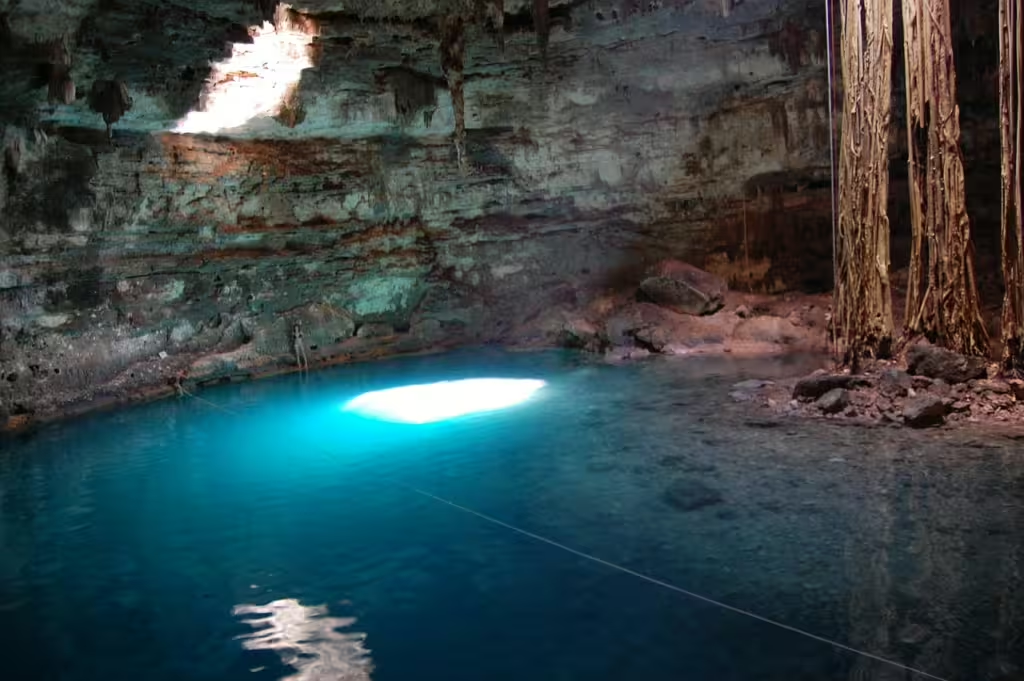
The Cave Environments of Mexico
There are many different caves beneath Mexico, each with its own geology and its own ecosystem.
Limestone Labyrinths
Limestone, despite being literal rock, is actually pretty easily dissolved by slightly acidic water. This means that, in limestone caves, the limestone itself can wear away over time. Even mildly acidic rainwater can percolate into the stone through cracks, carving tunnels, chambers, and sinkholes a’plenty. The Yucatán Peninsula itself is a casualty of this natural phenomenon. The whole area is dotted with cenotes, natural sinkholes that reveal flooded caves beneath the Earth’s surface. Not only did these cenotes play a sacred role in ancient Maya culture, they represent valuable biological hotspots for today’s scientists to discover more about this hidden, underground world.
The Naica Crystal Cave
Though a good chunk of Mexico’s most noteworthy caves are formed in limestone, not all of them are made of that particular rock. Beneath the surface of Chihuahua, sits one of the most extraordinary cave systems in the world is Cueva de los Cristales, translated to “the Crystal Cave.” The cavern itself is an otherworldly chamber, containing massive selenite crystals, some longer than a school bus. It isn’t a comfortable place to visit, however, not for humans anyway. In the Cueva de los Cristales, temperatures reach upwards of 136°F (58°C) and the humidity is almost always close to 100%. Such conditions are lethal to unprotected humans and inhospitable to most animals, but scientists have discovered that some microbial life can survive within the crystals themselves; opening up incredible possibilities for what life is truly capable of.
Caves as Isolated Islands
Scientists who study caves are known as speleogolists. These daring investigators often look at caves in the same way that nissologists (scientists who study islands) look at islands in an ocean. In many ways, cave systems function like islands. They are both separated from the outside world and often contain species that evolve independently from those on “other islands.” As ever, isolation drives evolution in unusual directions, producing adaptations that can be found nowhere else in the world. Mexico’s caves are particular hotspots for two different evolutionary anamolies: troglobites (animals adapted to living in complete darkness) and stygobites (animals that thrive best in aquatic caves).
Life in the Darkness: Adaptations of Cave Animals
Animals that live exclusively in caves possess an array of adaptations that can only be found in creatures of that ilk, some of the most common of these include:
- Loss of pigmentation – Without anyone to physically see them and no reason to display color as a means of attracting mates, many species that live in the dark are either ghostly white or transparent.
- Blindness or reduced eyes – The lack of light also means that eyes are an unnecessary risk and expenditure of energy for many species. As a result, some animals have evolved to survive better without all that bother.
- Enhanced non-visual senses – The loss of sight often equates to an enhancement in a creature’s sense of touch, vibration, smell, and hearing. In fact any method of chemical detection becomes much sharper without eyes to rely upon.
- Slow metabolism – Many creatures who live in these dark places have learned to conserve their energy quite well. This type of slow metabolism is key in nutrient-poor environments like caves.
- Longevity and low reproduction – The inability to find a mate quickly, coupled with a lack of nutrients and voracious predation means that many cave species tend to reproduce more infrequently than those on the surface. This also means that individual specimens also tend to live longer, since a quick death with little time to continue the species would prove rather difficult in terms of maintaining a population.
Mexican Blind Cavefish (Astyanax mexicanus)
Of all the amazing creatures we will discuss on our deep dive into Mexico’s fabled cave systems today, the most famous of these is the Mexican blind cavefish, a strange critter that can only be found in the caves of northeastern Mexico.
Two Forms, One Species
Astyanax mexicanus actually exists in two forms: a surface-dwelling, sighted version, and a blind, cave-adapted version. We know that these are the same species because both genetic testing has revealed as much. The only difference is that their traits—some adapted to living above ground and some below
—diverged through evolution. This means that the blind cavefish is a model organism for studying evolution. Additionally, thanks to several of the adaptations listed below, it is also important for studying genetics, obesity, and human sleep disorders.
Adaptations
- Loss of eyes and pigmentation – Cavefish possess two of the most common cave traits for animals living underground. The cave-dwelling version hatches with eyes, but those organs become superfluous after a time and simply degenerate as they mature.
- Enhanced lateral line system – These tricksy fish can actually detect vibrations in the water using a type of extreme sensitivity, allowing them to navigate and find food.
- Altered sleep patterns – The blind cavefish sleeps far less than their surface relatives, allowing them to better conserve energy and maximize their foraging time.
- Fat storage – Because food it scarce, the blind cavefish will start conserving fat, storing it in the same way as a hibernating bear.
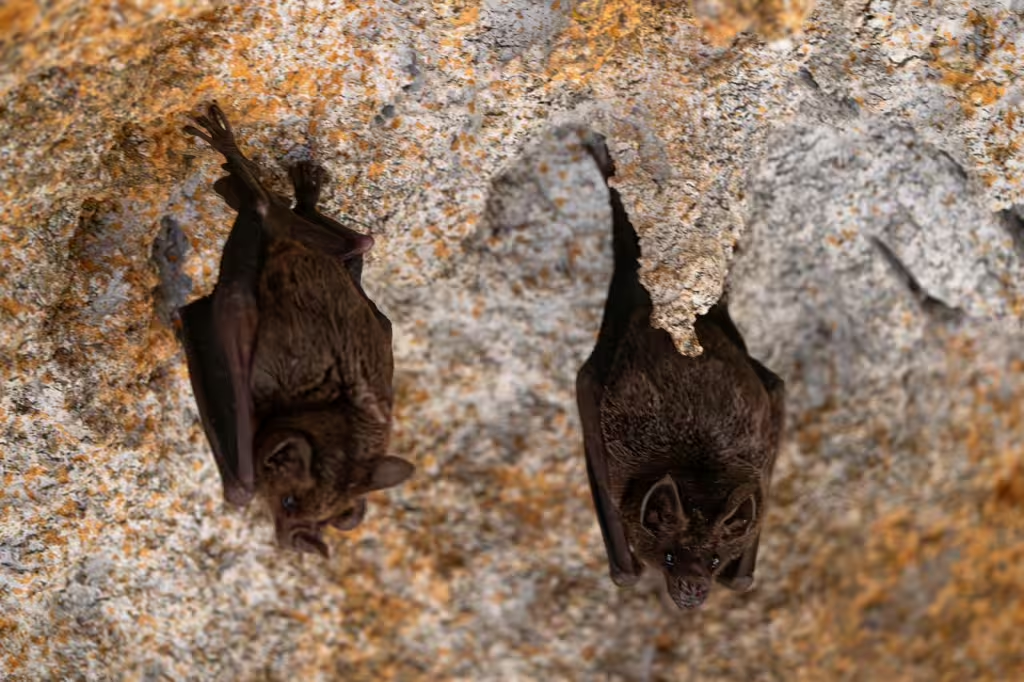
Bats: The Cave’s Bridge to the Outside World
Bats, like seabirds, serve as a sort of link between the two ecosystems that they call home. In the case of seabirds, they connect terrestrial and marine ecosystems, while bats are a link between the surface and subterranean ecosystems. More than 140 bat species live in Mexico, many of which roost in caves. These flying rodents are adapted to live in caves because they can use echolocation to see, rather than relying on their site, and often huddle in giant colonies to keep one another warm. Their guano also enriches cave ecosystems, as it provides sustenance for an entire food web below their roost. Species that feed on the bat droppings include insects, arachnids, and crustaceans.
Albino Crawlers of the Deep
Mexico’s water-filled caves are not just home to fish and bats, they are also teeming with positively alien-looking crustaceans. Tale remipedes, for example. These blind, pale segmented arthropods are almost like centipedes, except, they aren’t truly insects; they’re crustaceans. They are also the only venomous crustacean known to man, able to inject their digestive enzymes into their prey before sucking out the resultant liquefied tissues for sustenance. Remipedes have slow metabolisms and elongated antennae, two adaptations which make them well-suited for cave life.
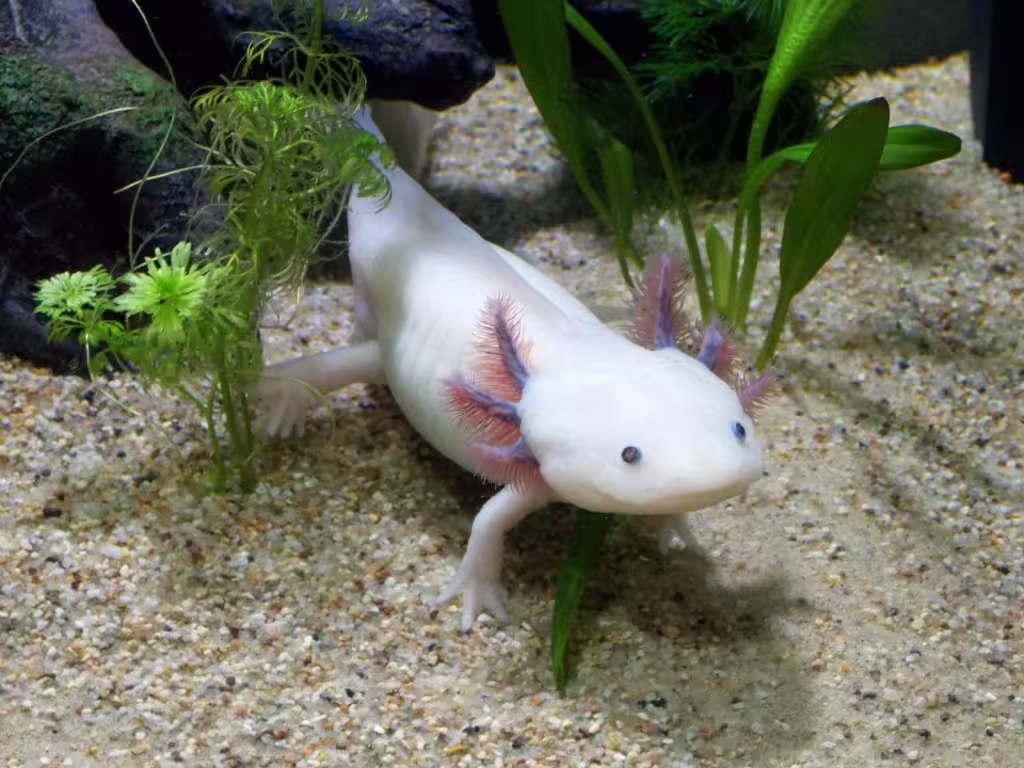
Spiders, Insects, and Other Arthropods
That’s not to say that Mexico’s cavalcade of caves doesn’t have its own array of arthropods. The creepy crawlies of the underground can be found skittering across cave floors, walls, and ceilings, and they are essential for these ecosystems to function. Some of these are beetles with heightened antennae and chemical receptors, but others are cave spiders, huge hunting predators with specialized legs that let them feel vibrations in the dark.
Amphibians in the Underground
On the other end of the spectrum we have Axolotls and Cave salamanders, two curious and pleasant-looking creatures that can survive in Mexico’s subterranean waterways. Though axolotls tend to live on the surface, the most, stable conditions of the underground are quite hospitable to those that make their way into the dark. The lungless cave salamander, meanwhile, can breathe through its skin and thrives in the moisture rich caves below the Earth’s surface.
Microbial Life: The Unseen Engineers
Even in extreme caves like Naica and other crystal caves, microbial life finds a way to survive. As crazy as it sounds, some bacteria have evolved to survive inside fluid inclusions within gypsum crystals, often lying dormant for tens of thousands of years. Then there are those like the chemoautotrophs, a type of microbes that makes its home in sulfur-rich caves like Cueva de Villa Luz. These minuscule lifeforms thrive by oxidizing hydrogen sulfide.
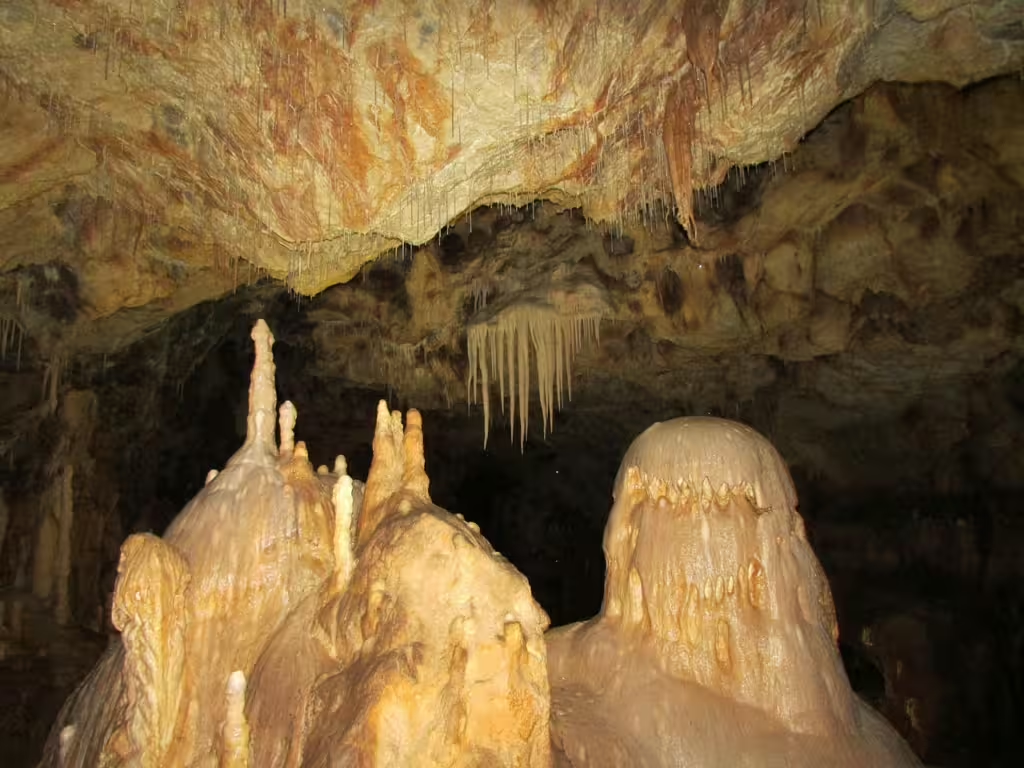
True Investigator Says…
As you can see, Mexico’s wondrous caves are so much more than holes in the Earth. These unseen places are windows into the raw power of evolution, the resilience of life, and the interconnectedness that exists between an environment and the animals that live there. In the hidden places of the world, animals have traded their eyesight for other benefits. They have traded color for invisibility and slowed their metabolism to a crawl on purpose. The critters and crawlers that creep through caves each embody the extraordinary adaptability of life. For this reason and for many more, it falls to us to try and protect these fantastical places; even if most of us may never actually get the opportunity to see them in person.
Discover more from TrueInvestigator
Subscribe to get the latest posts sent to your email.
